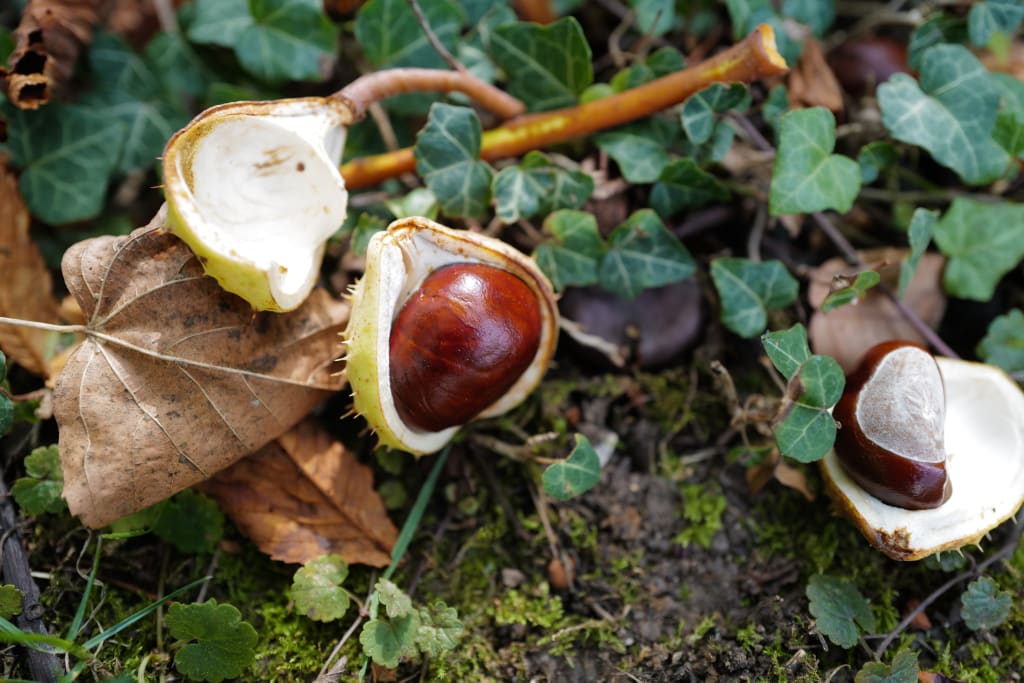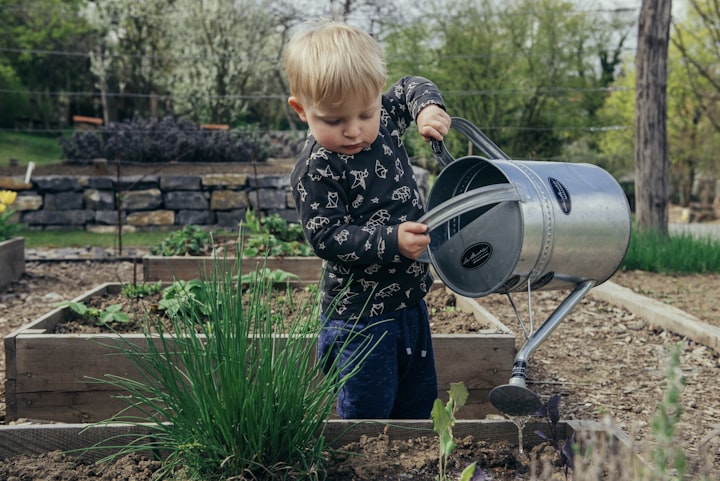8 September Gardening Jobs -
Tips for Preparing Your Garden for Winter!

We may get lucky this year, with an Indian summer, but as far as the calendar is concerned we are now in Autumn. You might think you're jumping the gun slightly to be thinking forwards to Spring, and even Summer, however now is the time the Garden Centres and Nurseries start putting the work in for their summer blooms!
Make sure you don't miss out on the early flowing bulbs such as Daffodils and Crocus.
September can be one of your busiest months with vegetables needing harvesting, bulbs planting and summer-scorched lawns needing some TLC.
Start a Compost Bin
Rather than relegating your ample garden waste to the rubbish bin, recycle those; shrub prunings, spent vegetables, lawn clippings and dead-heads by placing it into a compost bin and transforming it into breathable, nutritious growing medium that can be used for mulching or improving soil.
Materials:
You can start with something as simple as a frame made from pallets, or you can buy purpose built composters.
The wooden bee-hive style composters fit nicely in most flower beds or borders. The taller plastic or Styrofoam bins are much more suitable to be tucked into a corner, but the best location and set up would be 3 large bays, on flat ground, ideally directly onto grass or soil to allow for worms and other mini-beasts to access and accelerate the decomposition process.
What to add:
- Vegetable Peelings
- Tea Leaves
- Spent Flowerheads
- Shredded Newspaper
- Plant Trimmings
- Lawn Clippings
- Dried Leaves
- Coffee Grounds
- Broken Eggshells
- Annual Weeds
What not to add:
- Meat
- Animal/Human Waste
- Glossy/Treated Paper/Cardboard
- Fresh Perennial Weeds
- Fish
- Diseased Plant Material
- Cooked Food
- Cat Litter
- Bread
How to start your composter:
1) Spread some well rotted manure, or upturned grass turf on the ground at the bottom of the bin to encourage worm activity.
2) Add garden waste, alternating between Green Material (Nitrogen Rich) and Brown Material (Carbon Rich)
3) Place a lid or cover on top to avoid it filling with water and getting soggy
4) Large amounts of single materials can be slow to break down, so turn with a pitch/garden fork to break up.
5) Sprinkle with water during prolonged dry seasons as a completely dry heap won't decompose.
6) Continue adding waste until the material at the bottom is sweet-smelling, brown and crumbly.
Create a Winter Container:
Put a pop of colour back on your patio or deck this winter by filling a planter with seasonal bedding plants. You can also add Shrubs, Conifers, Perennials and Grasses to produce a multi-textured display.
Give Your Lawn a Pick-me-Up
Drought, Downpours, Heat and Heavy Foot Traffic - No wonder your lawn's looking worse for wear! Fortunately, this is the perfect time to be carrying out Lawn Maintenance.
Treat Moss - If you can, without using harsh chemicals to kill the moss. You can instead get rid of excess moss by using special high-iron plant feeds which feed the grass and OVER feed the moss
Fight Compaction - Every time you walk on your lawn you compress and compact the soil, reducing it's breathability and moisture retention properties. You can alleviate this by spiking or 'fork'ing your lawn to re-introduce air-gaps. You can then add a small amount of fertiliser or compost to be worked into these holes.
Feed the Lawn - Summer Rain (Yes, even after prolonged droughts!) can wash away a lot of the nutrients held in the soil beneath your lawn. You can perk your lawn up if it's lacking vigour by applying a good fertiliser high in Phosphates and Potash, which will encourage strong leaves and healthy roots.
Other Autumn Jobs:
Cut Back Perennials: Restore a sense of order to your garden by cutting back Perennials which have finished flowering.
Plant Spring Flowering Bulbs: Including Ornamental Onions (Allium), Crocuses, Daffodils (Narcissus), Dwarf Irises, Fritillaries (Fritillaria), Grape Hyacinths (Muscari). If you're feeling really rebellious, plants bulbs in your lawn for a beautiful flower-carpet come spring time.
Grow Spring Vegetables: Spring can be a bit of a quiet period for your vegetable patch, so why not get some Spring Cabbages on the go! Alternatively, try Festive Potatoes (Charlotte, Maris Peer and Nicola tend to cope well with the weather at this time of year - Raise in 40cm pots as the ground is too cold)
Store and Preserve your Fruit and Vegetables: Make an onion rope, wrap apples in paper and store in a wooden tray, Cure pumpkins or squashes and dry chillis!
Sow Hardy Annuals: Guarantee random splashes of colour by sowing seeds for Hardy Annuals including; Corn Cockle, Godetia, Honeywort, Love-in-a-mist, Pot Marigold.
For more gardening tips, guidance or help visit www.belgarden.co.uk
"Lyric night of the lingering Indian Summer,
Shadowy fields that are scentless but full of singing,
Never a bird, but the passionless chant of insects,
Ceaseless, insistent."
Sara Teasdale
September Midnight
About the Creator
Jordan Catto
Late Twenties Lefty Gardener - Writing about the planet, plants and other stuff
Enjoyed the story? Support the Creator.
Subscribe for free to receive all their stories in your feed. You could also pledge your support or give them a one-off tip, letting them know you appreciate their work.






Comments
There are no comments for this story
Be the first to respond and start the conversation.